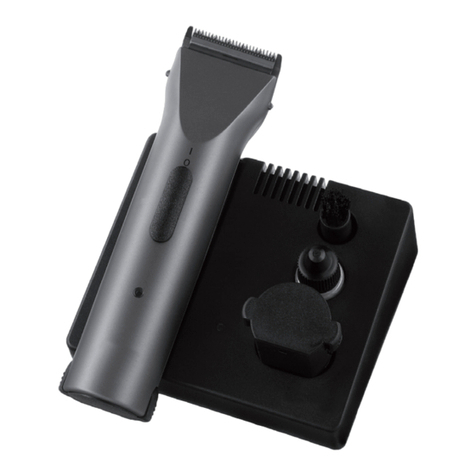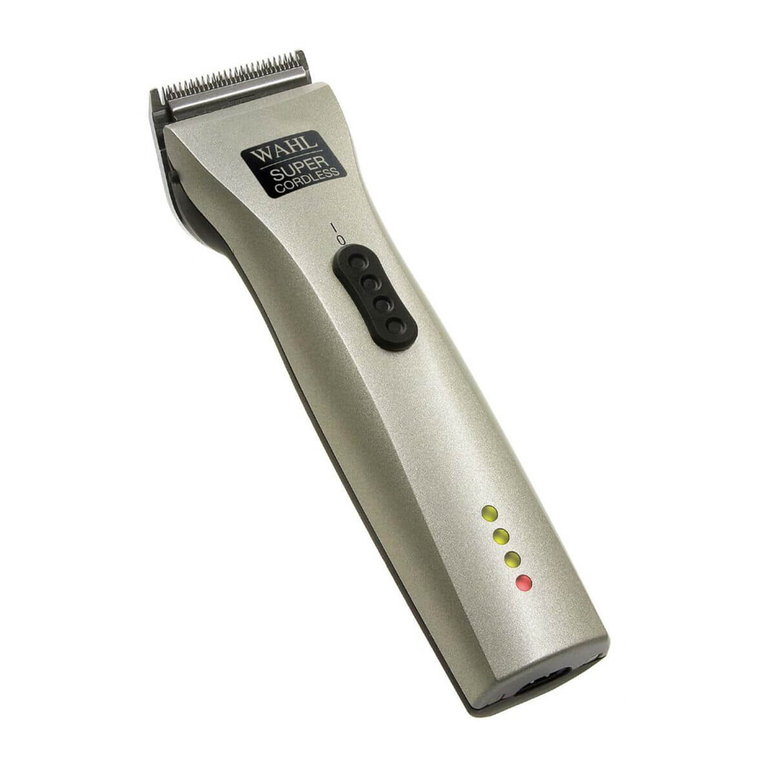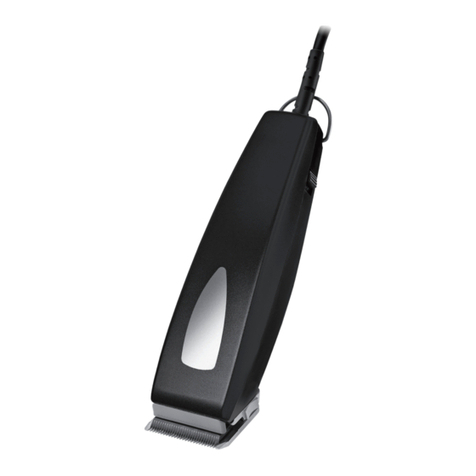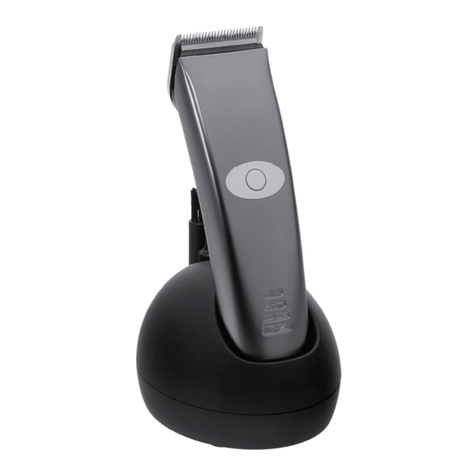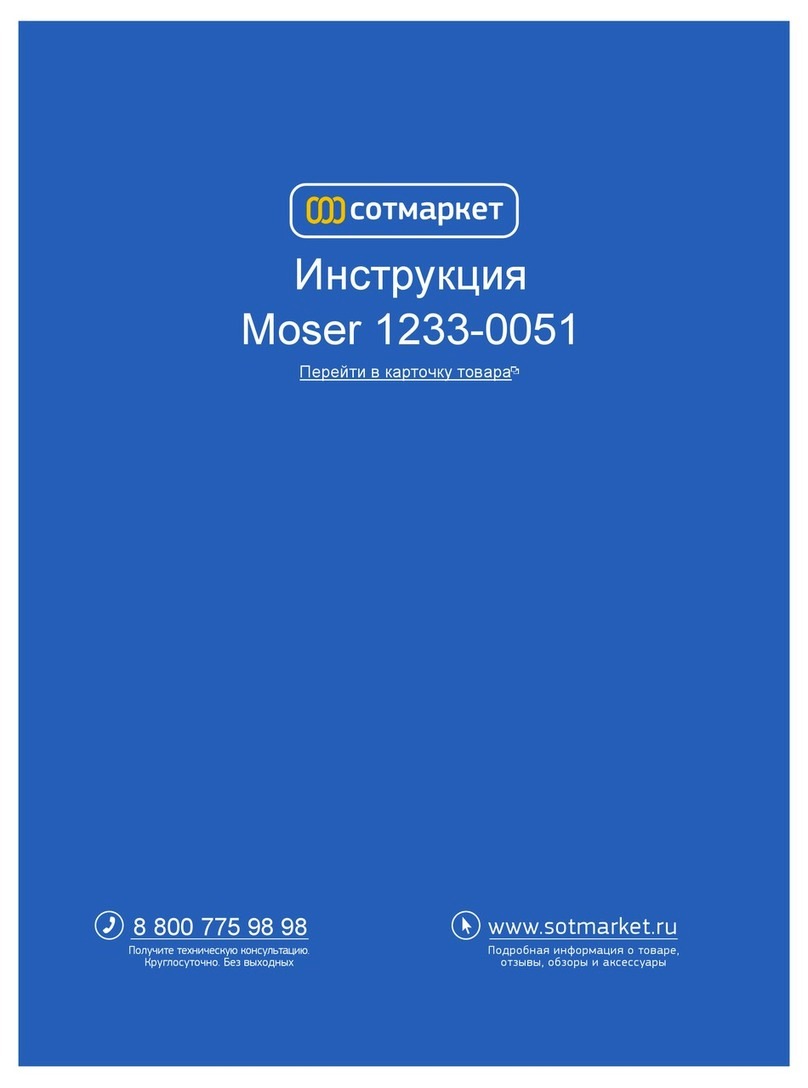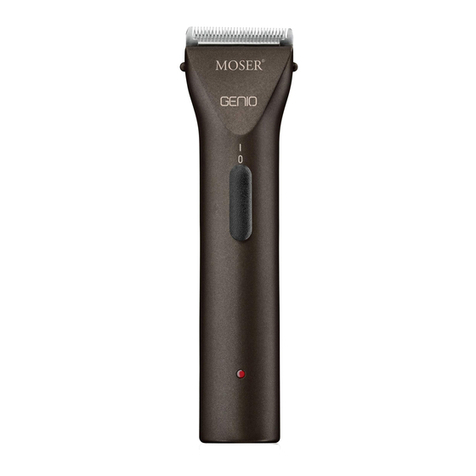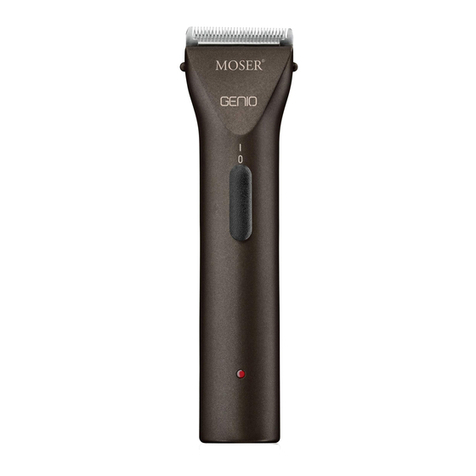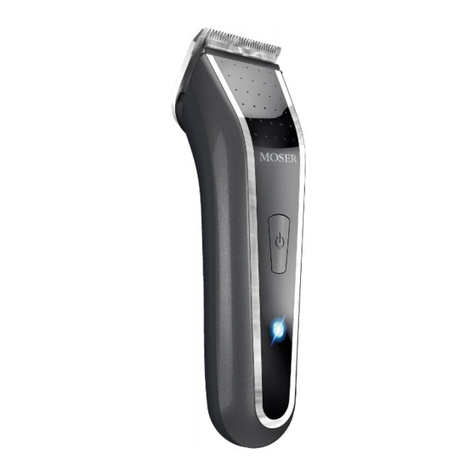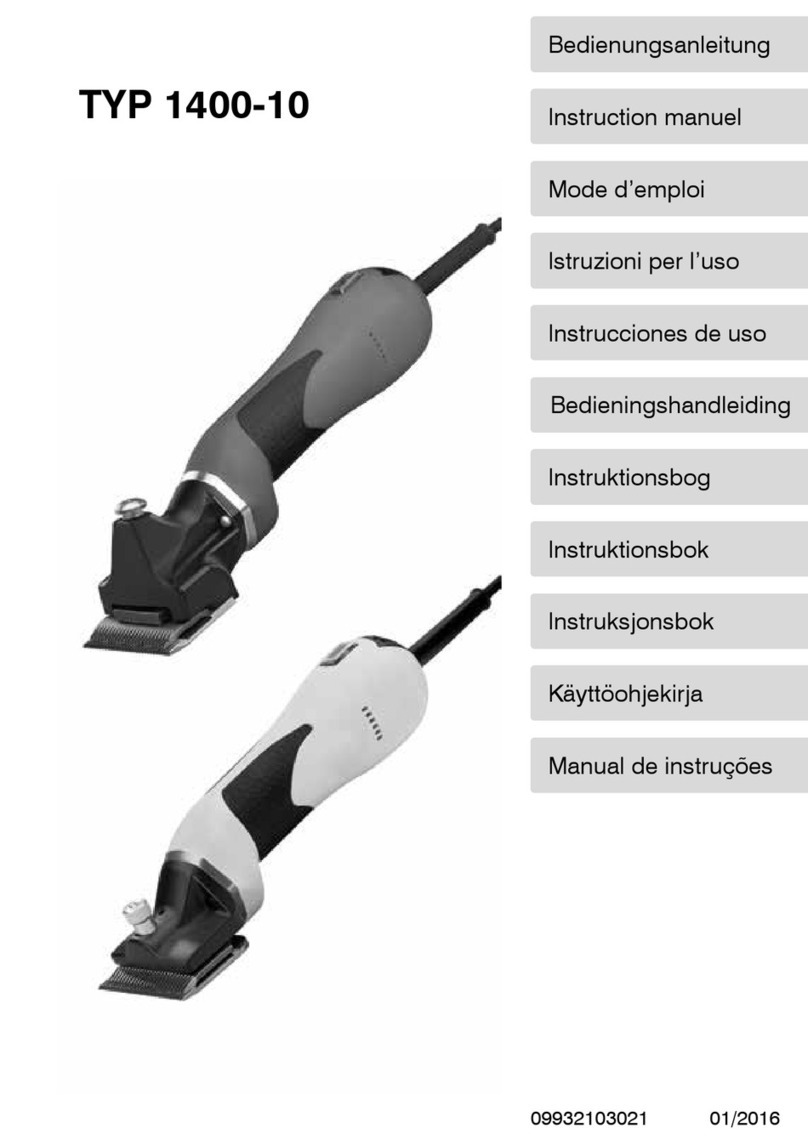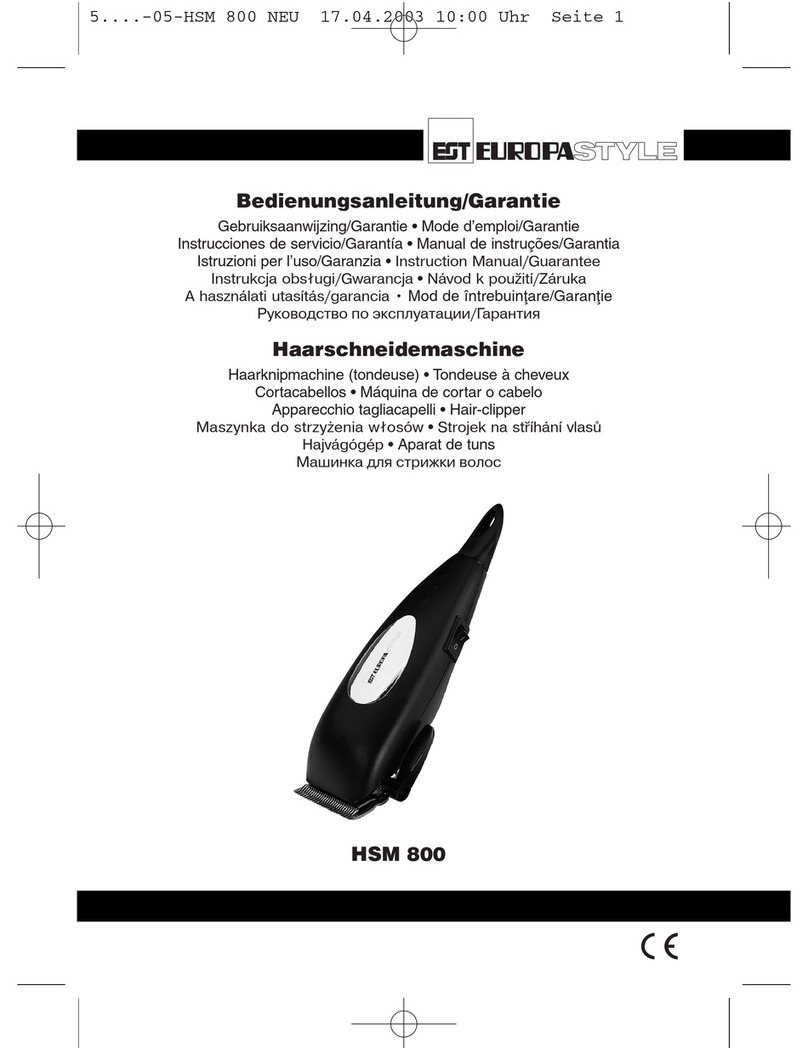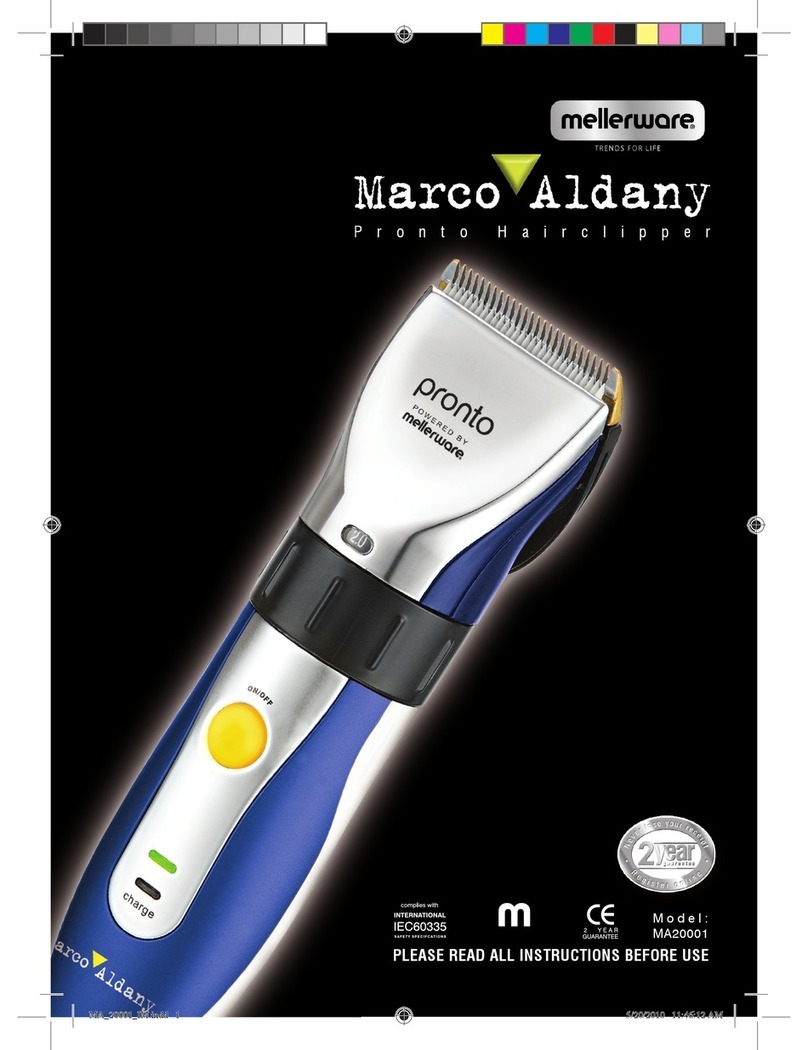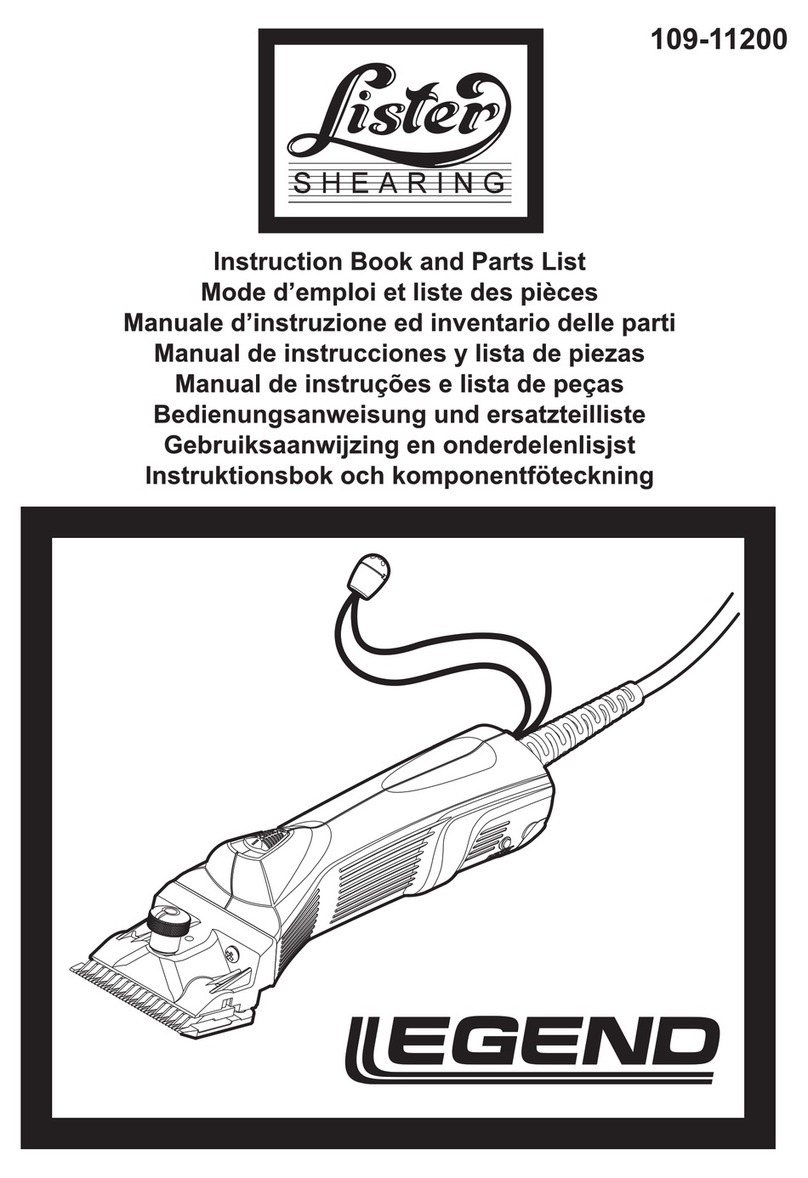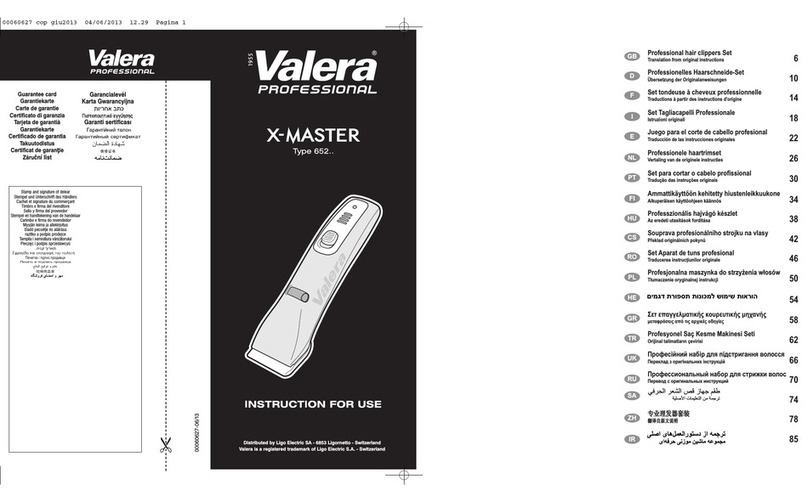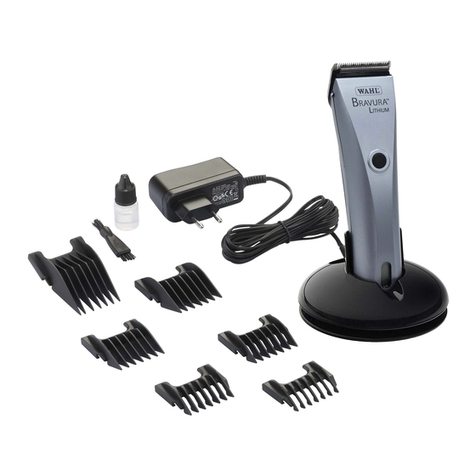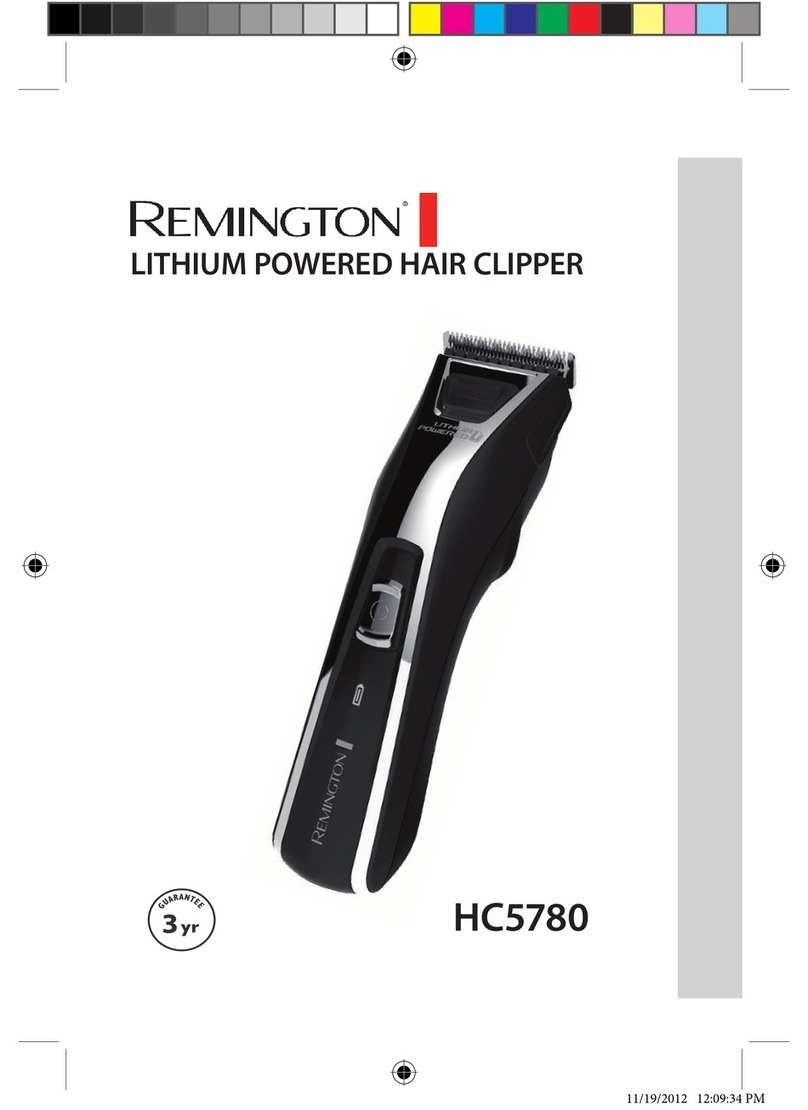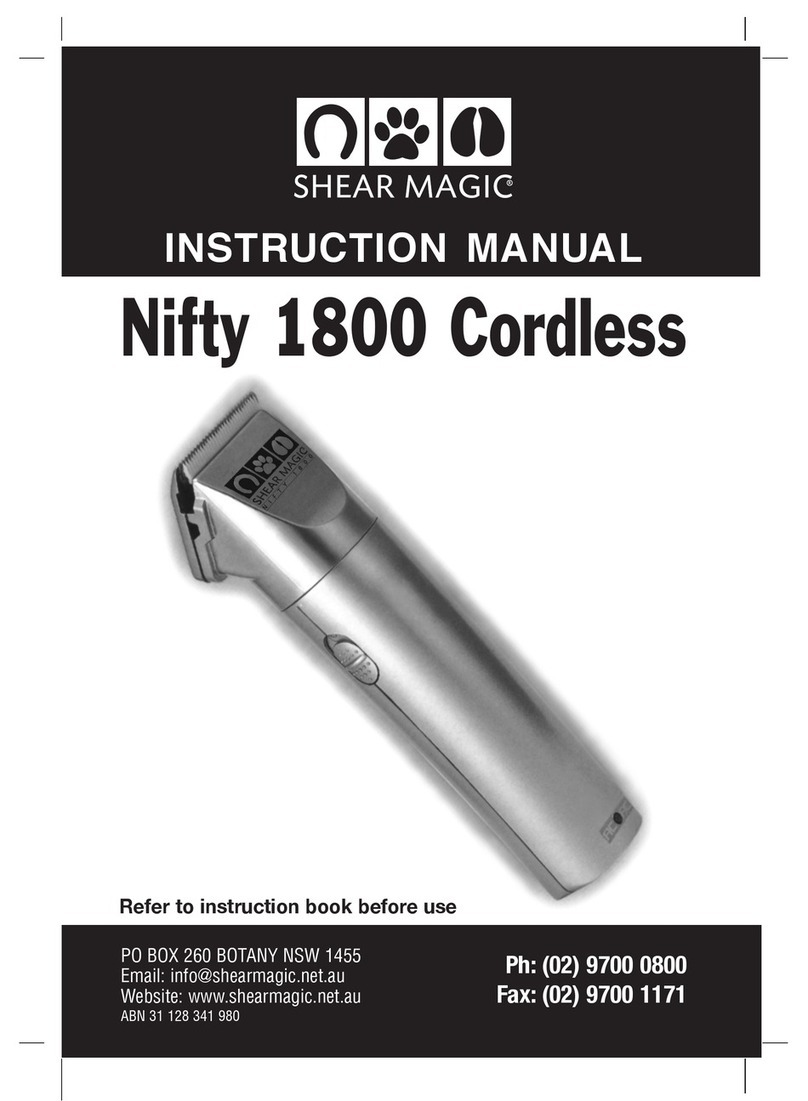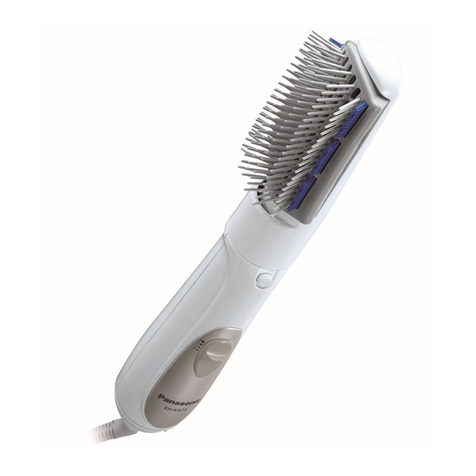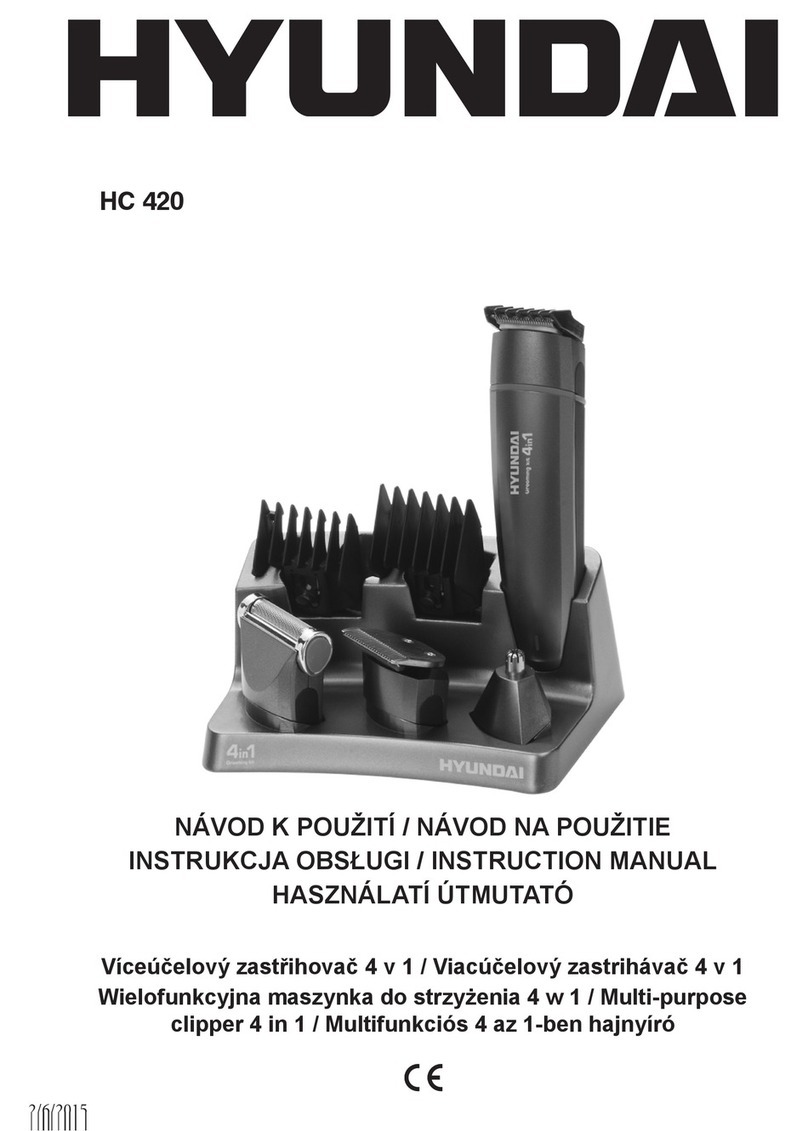! " #$ % د ' ()ا+,-./اما 12 3 4 #5 6 ز ' 89 : % ا ' ;< " =<$)> 6 ' ?@6 ر = %–B" ا ز1590
!< 3 ($ 6تD6E%' 9, - . / ا م
E< 3 FE 6تE-<3 G%> 6,-./ ا مد ' ()ا +,- < $ 6 ل
! "#$%اءةد* +,ا -. / 0 1 2 ل 456 ,7 89و ا./ + 0 2ب72<=>?2 > + @ A $B,
ا * 5% و ع<9ا./DE ا ما * "G 2 زIول>% ة .
اJ/ B%د* +,ا -. / 0 1 2 لKL ا7"M ء>Nا O@ /Pو اQ/ RS4A456 ,T+ E<9
>62ن!VG ,ا * WXW ل إ*+A.
<9Q2 * =ZV8 + [ا * "G 2 زI\% اف^2*_=،ا Q %صJ 8bأن! 6Wند* +,
ا -. / 0 1 2 ل>%<d2
ً
>fا * "G 2 ز .
<9Q2 * =وTW دأيZ 0 2 رض>fZ 0 8 + 1 2توإرk2داتاI> 2نا Ol8 + = ،
! "#اZB2عا * / WT+ G 2تا Ol8 + = .
I"Jا ' " EFزو ا LرI6 د ات
M@ "
mn % o 2T[JNا * p0 d 2 ت ا*6G%42q+=>fاQ/ 1 2لا O Wتأو
ا * / 0 %ضrX 2 4 2 تmn + % ة .
M@ "
mn % ا - o R"2 ر>fاQ/ 1 2لا O Wتأوا * / 0 %ضrX 2 4 2 تmn + % ة .
!8N = "
ZlL!%>NاQ/1 2لو $WعإX2 4 2 تTV E ! = أووTW دأ mn 2 ر
Xl + = .
!O?(P
Z@B+Ar>6 2 o + =Qp W ل أs% ا ر >2د!=.
Z@B+A>% <t4 10 8 W > 2تو op2 q uK2>= .
! /n8#اI>%K@ 2ا ZD2 ذإT% ا ء> 0w.
$[4/@R+LاrT%اءاتو <tا * /V 8 V, ا Od / %ح.
و 2Q ا R O -S
أ ,$ 6 ء ا 1#V ا ء ا R WFX %)ا ' ",Y ا ' - FZ( 84ر:Y(1
AkR % ة$yا * 50 %
BزرZ5z + ,/إ ! d 2ف
C> {k%ا * 5l N
D$ 2JEةا * 5l N
E> |mL$ 2JEةا * 5l N
Fز !}> D py *5R % ةا * dy
G< %k2 ةZ @ ~ +
Hر أس> D py *?B Å>V/ Wى\Wلا * 50 %
IوQE ةا * /zL! =ا*6G%42q+=
J$ 2 4ÉوQE ةا * /zL! =
ا'?(6X6تا '-GO(%
آ '(%ا ' -;\ ( ) :E8" كذو!(6رE_- $ "
4n2 ر ! = :4n2 ر ! =K+Eر!Eا * @ + 6,و ا O 0Eن >EةmE > =ا * Bn2 ر ! = :*z2!=100د$+d= اI402د)ا *nWلxا * 0 %ضxا-ر Z R 2ع(:142x32x32
>[ ا * W زن:130Ñ% امZd%!B2
ً>V/ Wىا o B 0 2ثا * ?Ws2 ء :6 0د !V+ B ,)A(J 8bا I $ pb J 8b
>V2 < =2 5.[ ا -K / M ا ز :<2,5م/ث²
: 6D/ةا ' ;8 a
اI402د
>fا * 8Wازم)$n%xا-ر Z R 2ع(:100x53>[ ا * W زن:8 3 Ñ% امZd%!B2
ً
وb/ ة ا ' -\N= %ا'W5">6c(%
ا *n% ا ز :>G 2 !Ü6000
ا./ Gáكا * dEر ة :1 2 و اطJ 8bا I $ pb <W * / +=ا * /5z + , :100–240<W *}/5 0–6 0K% Z M
KL اا * "G 2 ز! /W<%J 8bQ1 2 ! =J2ز * =و-!pE ر أيsWs2 ء -. 8 6 + = .Z /n2 4t
> W اXR 2 تKL اا * "G 2 ز>f>02 ! +%و Z 0 8 + 1 2تا-Zl2 دا Iو ر و 49اO/08d=4 2 * / W ا <t
ا * 6 G % و > z @ 2 \ + V92004/108/EGوا*RW*/+=ا O @ D R?=2006/42/EG.
ا,- < $ 6 لا ' d5 6 ز
ا ' - 8e ( "
اQ/ RS41W ادZ z 8 +ا * "G 2 ز* @ d,ا * "G 2 زأوا -Q / R 2 ظ4A456 ,
آ >N<9و $}-Qt .
Z |7E>NJEمo dp2 ن أيk9 ء <9>l/W!2تا*/V8+[.
ا < ly72<=ا ITM ا ء * 8 / |7E>NJEموTW دأيأs% ا ر o 2T1 =JN
ا * @ d,.
ا 1E 6 ن
!O?(P!أZ" ا ر X 6 #$ %Dag 3@( %M6Bh % .
ا Q %صJ 8bر 4Åا * "G 2 ز4 1pE ر Z+2ر>/%دد)A C(
واo/BAإ *b$+1=ا * "G Eا OL7Wر ةJ 8b* WQ=ا * GW! = .
I8 a ا ' ?@6 ر = %
! % Tb!V/ z %قQW ا *91 6,6 D%J 8bQE ة$B,Z WT+ Aا-ZG2م*A
Iول>% ة .
1.أ دm,$ 2 4ÉوQE ةا * /zL! =ا*6G%42q+=)J(<9> Em,)E( ا * "G 2 ز)ا * %.[
ا * / Ws+ l92ⓐ(.
!/W<%ا * "G 2 زJ 8bo~2 مkl Nذ 79!lWلدونkl N ا * Bn2 ر ! =
456 ,>R%ط.
2.أ دm,وQE ةا * /zL! =<9>pE ر ا * 6G% 4 2 ءا * l 2 q n9)ا * %.[
ا * / Ws+ l92ⓑ(.
3.$[4ç!d2فا * "G 2 ز>Nmáلا * ?z ÅJ 8bزرا * /5z + , /ا r ! d 2ف)ا * %.[
ا * / Ws+ l93ⓑ(.
4.sf ا * "G 2 زJ 8b$ 2JEةا * 5l N )ا * %.[ ا * / Ws+ l92( .
·J@E
kl N ا *"G2ز،.Wف! ?9 ء > {k% ا * 5l N )C( .
·40E.l#ا * "G 2 ز>N$ 2JEةا * 5l N ،.Wف! @nRÜا O {k% .
·!V/ z %قkl N ا * Bn2 ر ! =>NTE ! E456 ,7
ُ
89ّQW ا *9
1 6,6 D% .
ا ' -;\ ( )> 6 ' ?@6 ر = %
1.kz ,ا * "G 2 ز>Nmáل ا * ?z ÅJ 8bزرا * /5z + , /ا r ! d 2ف^[$[4ç!d2<A
40Eا-o /G2 ء>Nا-./DEام)ا * %.[ ا * / Ws+ l93ⓐ/ⓑ(.
·40Ekl N ا * Bn2 ر ! =456 ,7 2 >, ،!16@êا./ 0 1 2 لا * "G 2 زOEة
Zp, إ *b100د:(G%.Z /n8#KL ها * V0 = >Nا *n2 $ =>24w
5إ *b1 0دور اتkl N .
·ا o0Eاما*0@2!=ا *62<+=45R % ة ا * dy!{^%4 56 ,TE.8 B9
J 8b>Eةا./ 0 1 2 * G 2 .
ا+,-./ام
ا ' 89 : % > 6,- <$ 6 لا ' " ؤ وسا R . kk % 'e? lE_- FىBFلا ' ;< "
!16@êأ!?2
ً
ا./012لTG2زا*lá$=>fا*%
ِ
ؤوساODpp=*?BÅ>V/Wى
\Wلا * 50 % .
!16@êZ0E!,ا * % أسا O D py *?B Å>V/ Wى\Wلا * 50 %و <tm1V=
>
ُ
V/W!2ت>D/8R=.
* 81%ورإ *b>V/ Wىأ د ob*nWلا * dy، 7,>2J8 +êا *d+2م4AKWد<f
ا * % أسا O D py *?B Å>V/ Wى\Wلا * 50 % olWا * E ا m, .
و >Nmáلا*d+2م4L *ê،<Bç>62o6[ا -m / + 2 ر 4wأ\W ا ل$y>D/ 8 R =
Z / % ا وح4w3>[)ا * %.[ ا * / Ws+ l95ⓐ(و6>[)ا * %.[
ا * / Ws+ l95ⓑ(.
! " n (o/إزا'%ا ' " أسا R . kq 'e? lBFلا ' ;< "
1.$[4E<fا * % أسا O D py
*?B Å\Wلا * 50 %< WقkR % ة ا * dy42Z"2ه
ا * VG [ إ *bأن!V/ d %<9>62 o A)ا * %.[ ا * / Ws+ l94ⓐ(.
2.!16@êإزا *=ا * % أسا O D py *?B Å\Wلا * 50 %<+1240E>Nmáل
.l B A 42Z"2ها * VG [ )ا * %.[ ا * / Ws+ l94ⓑ(.
ا '<O 6 =%> 6 ' d5 6 ز
! Or(Qو2( 6 X % ا ' d5 6 ز
M@ " !2< G 6 تn5">6c(%X 6 #$ %Da!_" با ' _F ا c ) .
$[4 ç\R 2 ءا * "G 2 زو <p8 A JNا * /+2را*6G%42q9$B,
ا * 5% و ع<9Z @~+ R AوX+2o/A.
-Z z nÉا * "G 2 ز<9اO2ء.
ا Q %صJ 8bJEمZV% بأي.W ا q ,إ *bد ا m,ا * "G 2 ز .
-Zd[4 WX, ا * "G 2 ز42*/+2را*6G%42q9إ-40Eا * / |7E>N
TR 2 < A456 ,Z2م.
!O?(P!أZ" ا ر X 6 #$ %DaEF ا دn($6و=%:F=% .
ا./DE ا ماOWادا *6+12و!=ا *dW!=$E! { ديإ *bإ *l2قأs% ا ر
4 2 * "G 2 زو > 8ld 2 Z A .
-ZV/ 0 1,أي>W اد>L! B =أو>p@ R % ة !
-ZV/DE م.Wى>W ادا * / @ ~ +وز ! WتkR % ا تا * dy
ا * /9! @ pu ا *p2 o f4 2./ 0 1 2 * G 2 .
!16@êا * lp W ل J 8b4D2m2تا * / @ ~ +وز !}ا *5R % ات>N
42q0êا Ol89أوJN\% !tا - Zp2 ل 41%7M o 2*DE>=ا*M42qN.
40Eا -. / 0 1 2 ل ، $[4çزا * =ا * % أسا O D py *?B Å>V/ Wى\Wلا * 50 %
)ا * %.[ا * / Ws+ l94ⓑ(^[أدرkR % ةا * dyolWا IJ 8b)ا * %.[
ا * / Ws+ l96ⓐ(.ا./ 0 1,< %k2 ةا * / @ ~ +rز ا * =4d2!2ا * 50 %>N
< /l2تا * zn2 ءا * D 2 ر T9* 8 "G 2 زو >NkR % ة ا * dy)ا * %.[ ا * / Ws+ l9
ر$[7( .ا sz Å أ!?2
ً
J 8bJ/ 8 =ا * / @ ~ +.KLها * 01 8 + =ZV1 u4çزا*=4d2!2
ا * 50 % ا O / W اTE ة4w>5Åو
kR % ة ا * dy46,.G W * = 4 W ا .n = < %k2 ة
ا * / @ ~ +ا O 8ld =)EASY CLEANING(.
! "#أنZ B db> W Xá ت ا * 5l N ا O / W اTE ة4 2 * "G 2 زو $ 2JEةا * 5l Nداq12
ً
o~+ R = .
ا./ 0 1,$n0 =$ 1 2شo 2J1=و>B 8 8 =$8+á
ً
* / @ ~ +ا * "G 2 ز .
o ~kR % ة$yا * 50 % 4 W ا .n = 4D2m=ا * / @ ~ +.
ا./DE مز !}kR % اتا * dy*/M!+}ا *5R % ة)ا * %.[ ا * / Ws+ l9ر$[8( .
$[4/M!+}kR % ة$yا * 50 % 456 ,> @ /~[* ?1 2 نTW د ة
$yJ2 * +=OEة\W ! 8 = .
Ñ+%kR % ة ا * dyإذا-Q~}أنأدا ءK2$EZ % اTf40E>Eة
ا./ 0 1 2 ل\W ! 8 =رÑ[Z @~+ RG 2وZM!+/G2456 ,> @ /~[ .
ا,- ? / ا لIt " ة ا ' Gq
!O?(P!M@ " ا L2 6 > % وb/ وثأ Z" ا ر E6د=%X - (d%
ا+,-./اما '\("ا '9cv.
$[4 ç\R 2 ءا * "G 2 ز$B,Zz++%kR % ة$yا * 50 % .
1.$[4ç!d2فا * "G 2 ز>Nmáلا * ?z ÅJ 8bزرا * /5z + , /ا r ! d 2ف)ا * %.[
ا * / Ws+ l93ⓑ(.
2.اsz ÅJ 8bkR % ة$yا * 50 %<9ا-Z"2 ها O 0 2 7É* zn2 ءا * "G 2 ز
)ا * %.[ا * / Ws+ l96ⓐ(.ا <p,kR % ة$yا * 50 %JNا * "G 2 ز .
3.* ïJ 2 د ةkR % ة ا * dy* Ws0 G 2 ا IX 8 9 ، $W>W ا4/_B+}اO5
ْ
B
َ
êا * Dn 2 <9
4 R /l=ا*/_B+}ا O / W اTE ة4 2 * zn2 ءا * D 2 ر T9و اsz n W ا J 8bا *5R % ة إ *bأن
!V/ d %وs0 G 2 4 2 * "G 2 ز)ا * %.[ ا * / Ws+ l96ⓑ(.
E< 6 'd% ا R;6 n )
It " ة ا ' Gq+! Gq>;W )#( / .
It " ة ا ' Gq!d" ا ' ;< " .
E/ةM/ E % ا ' ?@6 ر = %:k( " ة#/ا
ً
.
ا *VB#:kR % ة ا * dy> / VD = .
$[4/@~+و Z M ! +}ا *5R % ة)ا * %.[ ا * / Ws+ l97/8(.
ا *VB#:kR % ة
ا * dy>/ò78 = .
$[4/z++%kR % ة ا * dy)ا * %.[ ا * / Ws+ l9ر$[6( .
إ26 > % ا ' ?;" ة
ا *VB#:ا * ?z Å ا O 1 2 رسJ 8bا * B5% ة7B+%TEا
ً
.
! "#ZDR +ا * ?z Å ا O 1 2 رسJ 8bا * B5% ة .
ا *VB#:زاو!=ا * dykE ! E ة ا-olEار.
ا Q %صJ 8bا./DE ا ما * "G 2 ز4 1V/ Wىأ7_%ZVn+l2
ً
.
ا R xI" ا ' eF c 4+= e4 ء .
ا *VB#:! "#أن! 6Wنا * "G 2 ز>nR |máلJ1 8 + =ا * 5l N .
Z |7E>Nأنا * "G 2 ز>nR | .)ا * %.[ ا * / Ws+ l93ⓑ(.
ا *VB#:> W Xá ت ا * 5l N> / VD = .
!"#أنZBdb>WXáتا*5lNاO/WاTEة42*"G2زو$2JEةا*5lNداq12
ً
o~+ R = .
ا *VB#:m8,4 2 * /zL! =ا*6G%42q+=.
Z |7E>N.á > = ا * % 4Å4wوQE ةا * /zL! =و >pE ر ا * 6G% 4 2 ءا * l 2 q n9 .
ا < ly7B,ا * /+2را*6G%42q9* 8 / |7E>N.á > / A .
ا < lyا * /zL! =ا*6G%42q+=.
ا ' - . 3qEaا ' d5 6 ز
!O?(P!إ EW 6 X ( %b/ وثأ Z" ا ر >(h(%g4b6 ' %D/م
ا ' - . 3qEaا ' d5 6 ز >;W ),3 ( Y .
ا Q %صJ 8bإ <% اغkl @ = ا * Bn2 ر ! =$B,ا * / D 8y>@G2 !
ا * / D 8y>Nا * "G 2 ز456 ,> @ 2 .# !l2 <SJ 8bا*B+ö=
و !lWلدونZ 0 %ضا r oV2 نوا*B+ö=Iيأs% ا ر >l/ 1 8 = .
J@Eا * / D 8y>Nا ITG M ة ا*6G%42q+=Ñ+%ا OV/ 0 1 8 = ، ا Q %صJ 8bاQ/ % ا م
ا O d /?+ 2 تا *d2oWo+=ا * "2 ري4G2ا * 01,.
E< 3 FE 6تM 62% > 6 ' - . 3qEaا 1#5 V ة ا'W5">6c(%و اL' W- "وX ( %g4
ا + !86 د ا 1و ر و >4:
! D?f ا * / D 8y>Nا ITG M ة ا*6G%42q+=د ا m,ا-Zl2 د
ا Iو ر و 49O"1 W J =>Nا * d W ا owا Ol8 + =ا * /9Z% Z6MJ 8b
ا * / WT+ Aا Iو ر 492002/96/ECا * D 2ص4 2 ITG M ة ا*6G%42q+=
و اr*6/%و o + =ا*0/+d=.و ! l~ %KL اا * / WT+ Aر >9ا * "G 2 ز>f
ا*@R2!2تا * B 8E!=أواO@M* +=.
!1@6êا * / D 8y>"2o+2
ً
>Nا * "G 2 ز4 W اQE ة>No d 2طT1f
ا ITG M ة ا*/240=* 8 B8E!=أو41%7M>N>% ا7MإJ2دةZEو!%
ا*@R2!2ت.
إ D9نا R@6 > G %
ا o~%ا *pR l = ر$[116


